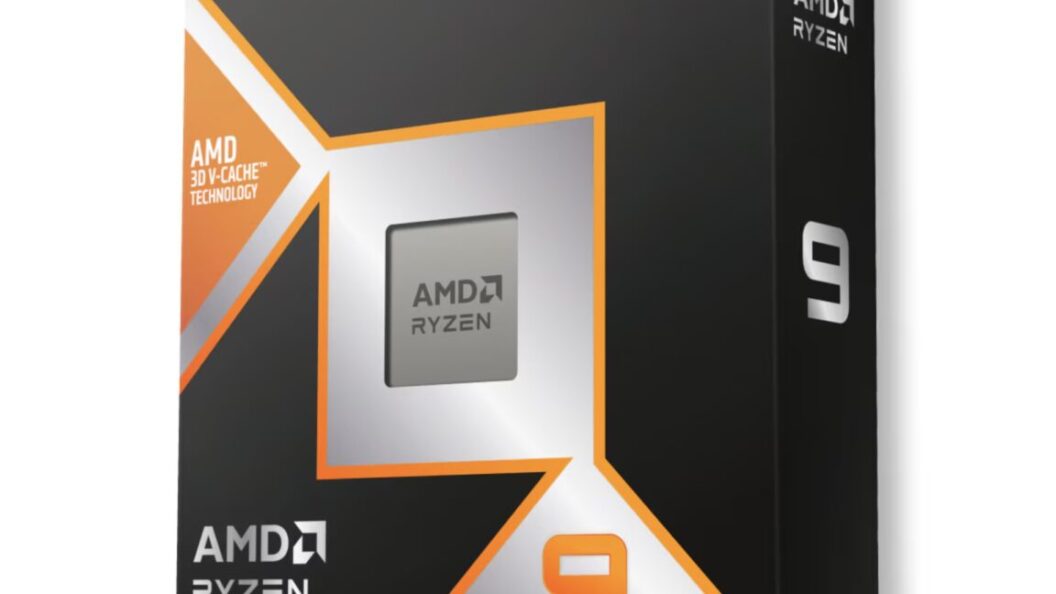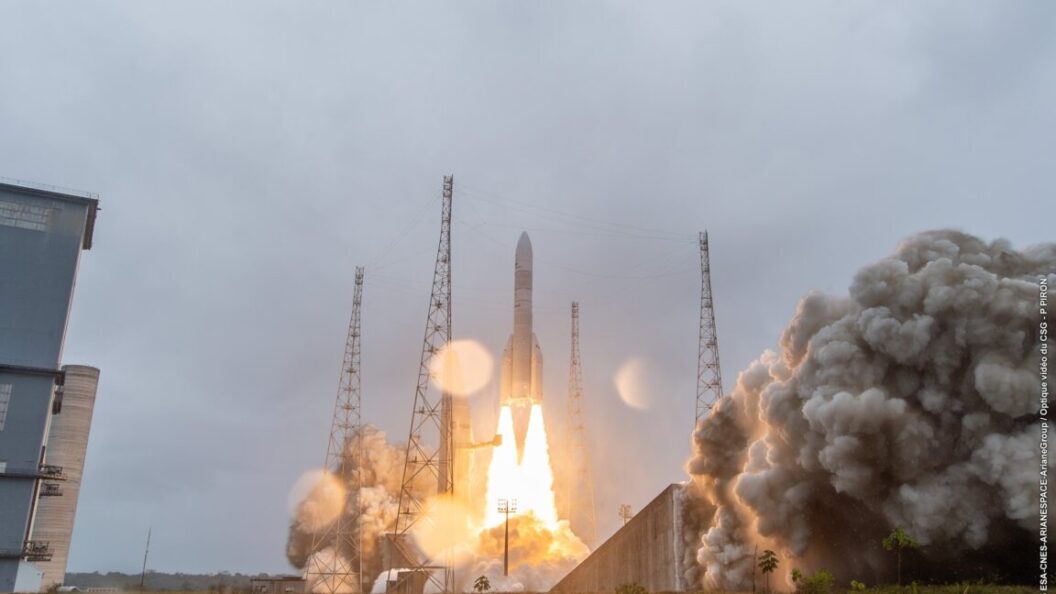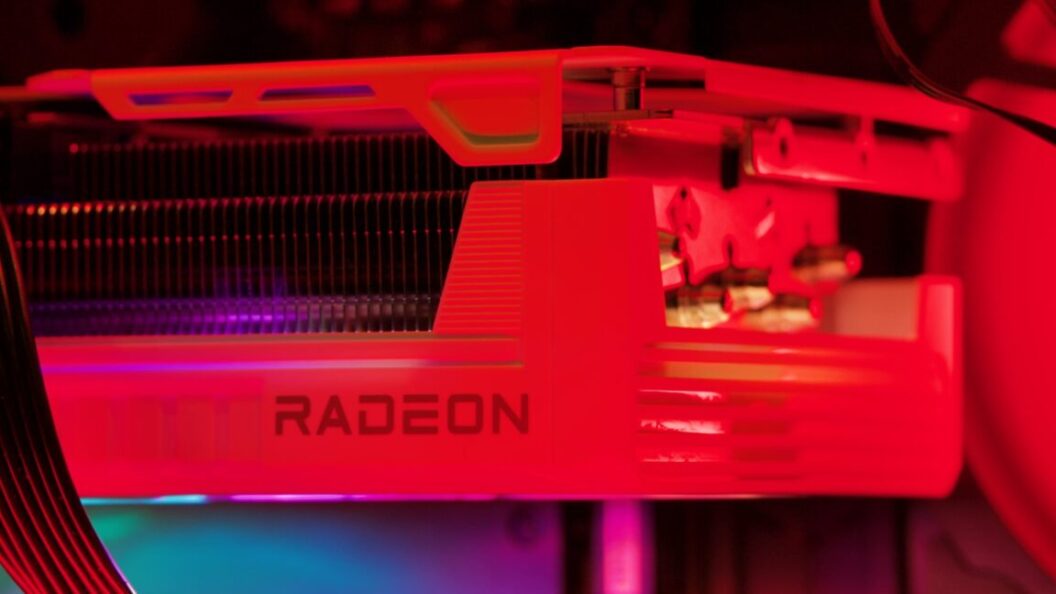The Evolving Relationship Between Body Size and Cancer Risks in Animals
Recent research has shed light on the intriguing relationship between body size, evolution, and cancer prevalence among animal species. The study, conducted by researchers including Joanna Baker, a postdoctoral researcher in evolutionary biology, and George Butler, a career development fellow in cancer evolution, indicates that larger animals may have evolved mechanisms to mitigate cancer risk more effectively than their smaller counterparts, especially if they reached their size rapidly.
Rapid Evolution and Cancer Resistance
The findings reveal that animals like the common dolphin (Delphinus delphis) have evolved to achieve larger body sizes at a rate approximately three times faster than other mammals. Interestingly, cetaceans such as dolphins and whales exhibit a notably lower incidence of cancer than would be anticipated for their size. This trend suggests a complex evolutionary relationship where species that grow larger more quickly have developed enhanced DNA repair mechanisms or lower mutation rates, which contribute to their cancer resistance.
The research challenges established notions, refining Cope’s rule, which traditionally posits that larger-bodied animals generally evolve over extended periods. Instead, the study posits that the threat of cancer has, in fact, influenced the pace at which body size evolves in different species.
Comparative Analysis of Humans and Other Species
Human evolution has also progressed at a rapid pace; however, the study refrains from directly linking this to cancer prevalence in humans due to the complexity of human cancer dynamics. Factors such as varied lifestyles, access to modern medicine, and a plethora of cancer types complicate the analysis. This complexity underscores the researchers’ decision to exclude humans from their primary study, focusing instead on clear patterns observed in other animals.
Implications for Cancer Research
The insights gained from understanding the natural evolution of cancer defenses across species may hold important implications for human medicine. For instance, the naked mole rat has garnered attention due to its exceptionally low cancer rates, raising hopes for identifying new preventive or treatment strategies for human patients. Despite their resistance, the specific biological mechanisms that underlie the mole rat’s cancer-free status remain largely unexplored.
Contrasting Patterns in Other Species
The study also highlights an intriguing discrepancy among different animal groups. While birds and mammals that evolve rapidly often display stronger anti-cancer mechanisms, similar patterns do not apply to amphibians and reptiles. Larger species within these groups still tend to exhibit higher cancer prevalence, irrespective of their evolutionary rapidity. This anomaly may be attributed to variations in regenerative capabilities. Certain amphibians, like salamanders, can regenerate limbs—a process that may involve extensive cell division, a condition that cancer could exploit.
Conclusion: Rethinking Evolution and Cancer
By placing cancer within an evolutionary framework, researchers are beginning to unravel how its prevalence correlates with body size. This evolutionary perspective not only advances our understanding of animal biology but also holds potential for unlocking new approaches to cancer treatment in humans. Investigating the evolutionary arms race surrounding cancer may lead to groundbreaking insights into nature’s strategies for combating this complex disease, ultimately benefiting medical science and human health. The findings act as a reminder that understanding evolution can provide essential context in our ongoing fight against cancer and other diseases.












